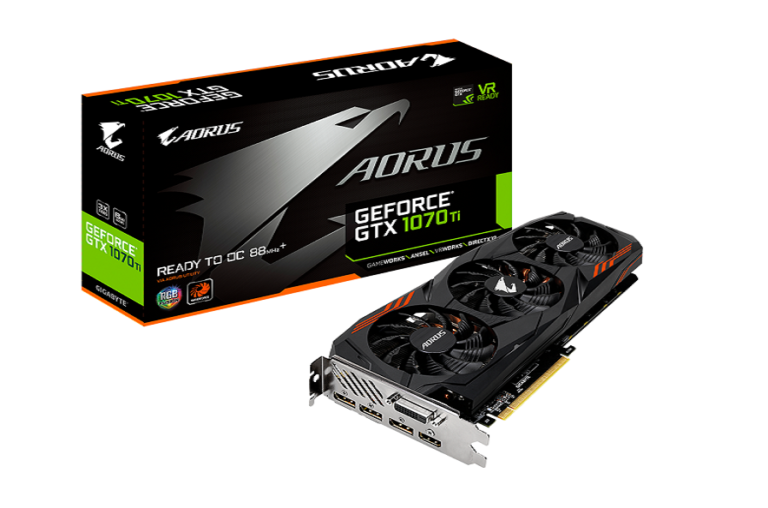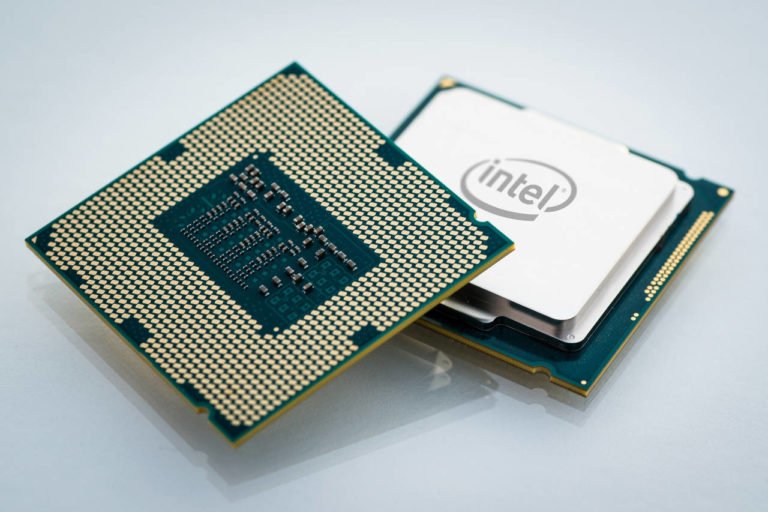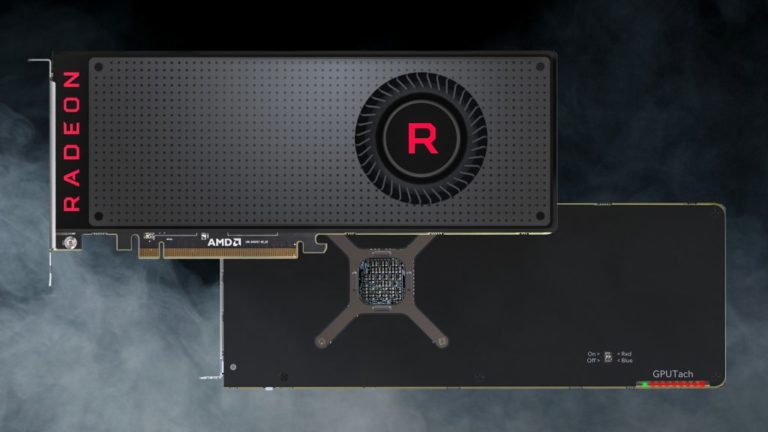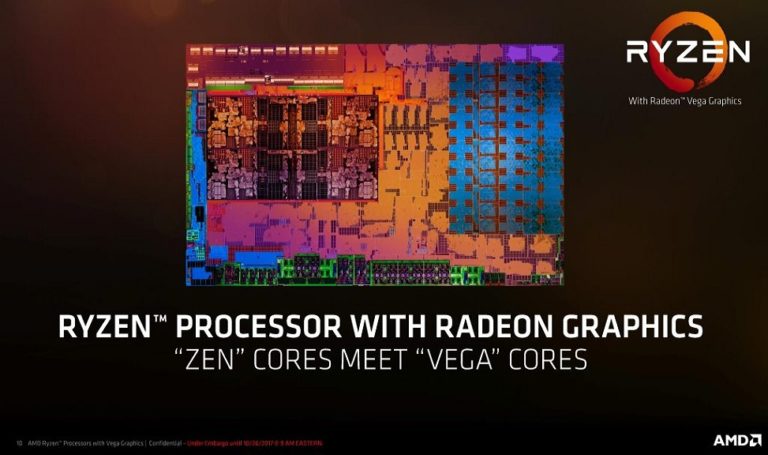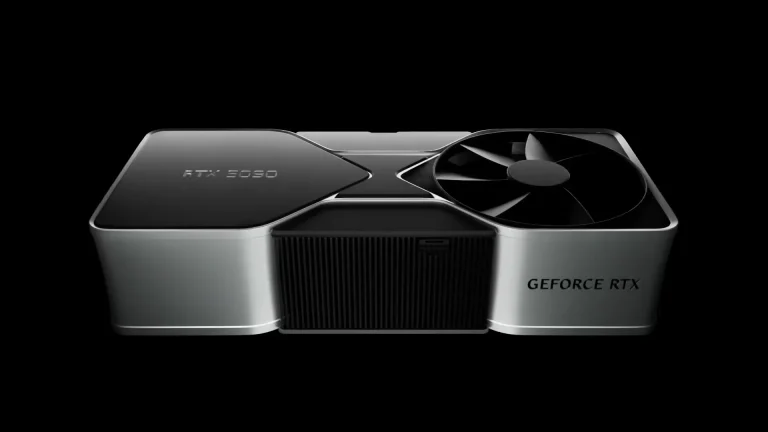AMD vs Intel in 2017 and beyond: Zen on 14nm for long could be an Issue for AMD

With Ryzen processor lineup set to launch next month, the AMD vs Intel battle is on. AMD is hopeful that its next-gen chip architecture will perform well and allow it to gain share in the high-end PC market. However, Intel isn’t worried about Ryzen and even its successive revisions. Here’s why.
AMD vs Intel: Zen on 14nm lithography until 2020?
AMD has already announced that its Ryzen microprocessor and successive revisions will be built on 14nm lithography. At CES 2017 in Las Vegas, CTO Mark Papermaster confirmed the new Zen chip architecture will last for four years. Which means, the 7nm process technology isn’t going to hit AMD until 2020.
Meanwhile, Intel 10nm products will likely make their way to the market later this year. So AMD will effectively have to compete with a completely new design from Intel for a while, which will greatly reduce the core size and deliver a significant increase in efficiency.
Of course, AMD will release a couple of generational revisions, which CEO Lisa Su refers to as Zen 2 and Zen 3, but they will be essentially the same core architecture.
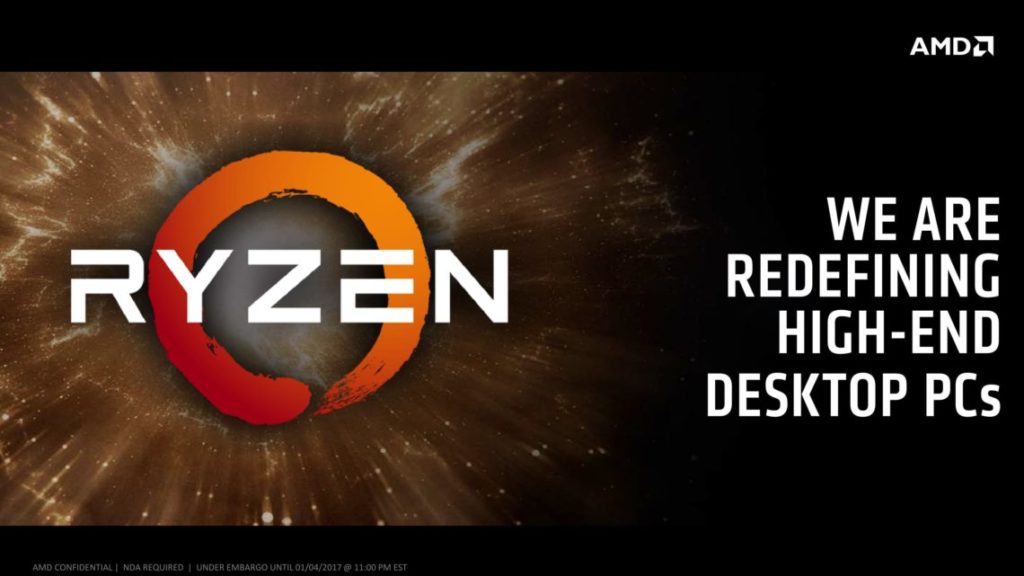
It took AMD around four years to develop Zen architecture, and it’s paid off as the jump from 28nm to 14nm will provide up to +40% of IPC. However, the lack of any lithography upgrade is what that could be a great disadvantage to the company in the long run.
Intel Roadmap: 10nm Cannon Lake and 14nm Coffee Lake to co-exist in 2018
As per Intel’s leaked roadmap, the current Kaby Lake family of processors will be followed by Cannon Lake built using the company’s first 10nm process technology. These processors will come in the Y and U versions sporting two cores and GT2 graphics. Cannon Lake will hit the market during the second half of this year, and will continue on into 2018.
At the same time, Intel plans to introduce its first 6-core mainstream processors with a new family of CPUs known as Coffee Lake. Based on Intel’s fine-tuned 14nm node, Coffee Lake will co-exist with Cannon Lake chips in 2018.
Related: Microsoft Won’t Support Intel Cannonlake and Coffee Lake CPUs in Windows 10 LTSB
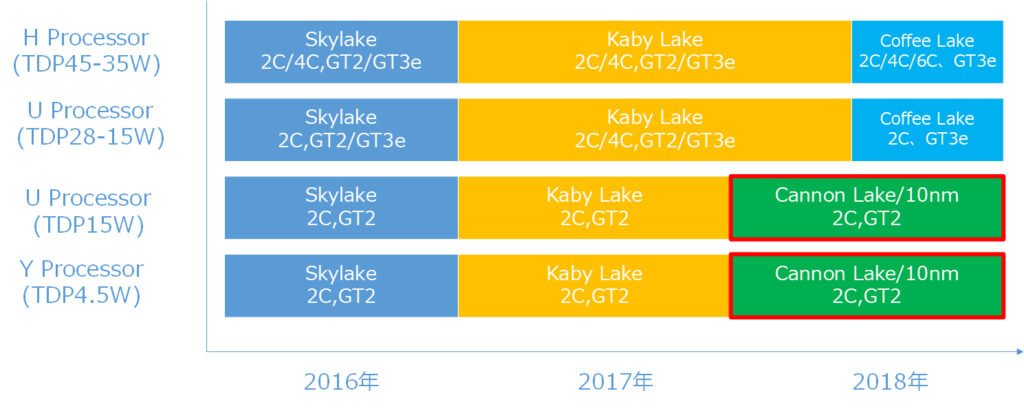
Obviously, you will see some IPC upgrade with Coffee Lake, but the most prominent effect will be provided by the 10nm Cannon Lake processors. The new architecture is designed to cut off the legacy units, as well as heavily reduce the single core size, offering a greater efficiency.
Lack of any Lithography upgrade could hurt Team Red in This AMD vs Intel battle
The issue with AMD is that Zen and its successive iterations will be built using the 14nm lithography. Of course, the architecture will see upgrades generation after generation, but they will be simple tweaks compared to what Intel will have to offer.
The true great improvements will be offered in year 2021 when AMD will launch CPUs and APUs based on the 7nm SOI from Global Foundries, and by the time Intel might also have shifted to its 7nm lithography.
Long story short, AMD will hit the market with a relative consistent delay. The company needs to be aggressive in its approach if it is to compete with Intel in the high performance PC market, in order to gain share.

